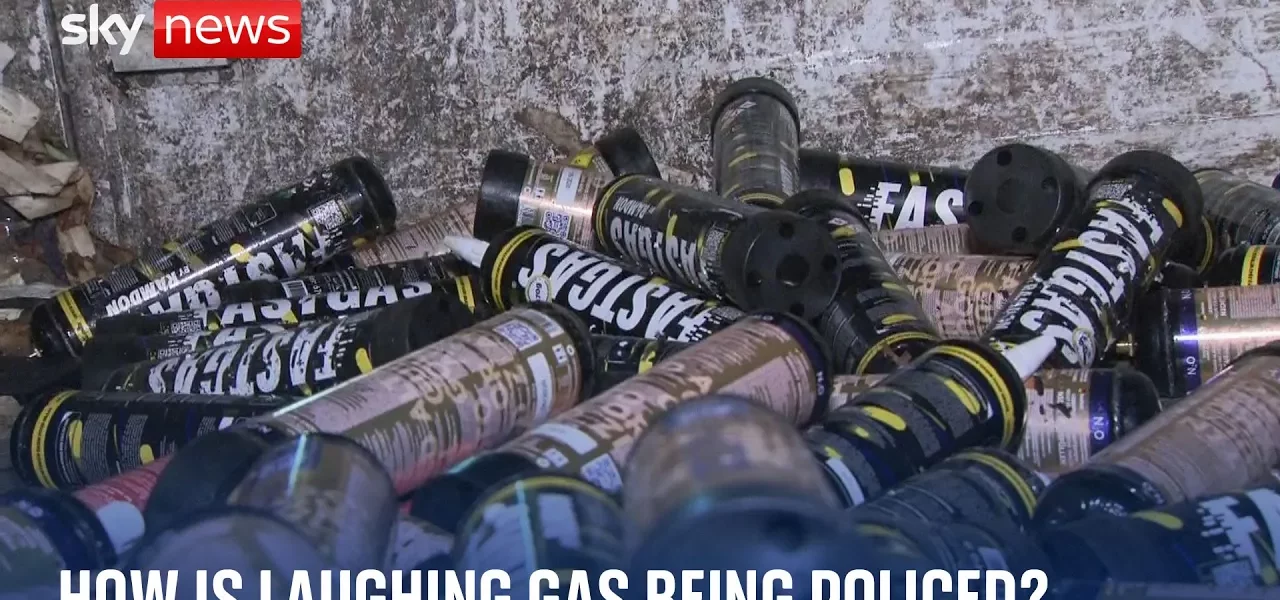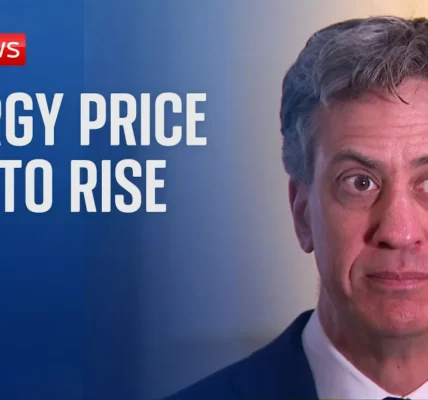Police Target Drivers Using Nitrous Oxide: An In-Depth Analysis

This article delves into the recent enforcement of the nitrous oxide ban by law enforcement, examining its effects on drivers, public safety, and the broader implications of drug policy. We will explore the challenges faced by police and the societal responses to this controversial substance.
Introduction
Nitrous oxide, commonly known as “laughing gas,” has recently come under intense scrutiny following a ban implemented in November. Despite the prohibition, reports indicate that this substance continues to be used by drivers, prompting law enforcement to take action. This article aims to provide a comprehensive overview of the current situation regarding nitrous oxide usage, the response from police, and the implications of such a ban on public safety and drug policy.
The Nature of the Ban and Its Enforcement
The ban on nitrous oxide usage was introduced to curb dangerous behavior among drivers. Law enforcement agencies have been on high alert, particularly in known hotspots where nitrous oxide use is prevalent. The following sub-sections detail the specifics of police encounters and the legal framework surrounding this issue.
Police Encounters with Drivers
In recent traffic stops, police have identified drivers using nitrous oxide. One notable instance involved a couple who were pulled over after officers observed balloons in their mouths. The confiscation of nitrous oxide canisters and balloons highlighted the ongoing issue of substance use behind the wheel.
- Observation of balloons often indicates recent nitrous oxide use.
- Police are equipped to search vehicles for further evidence of substance abuse.
- Possession of nitrous oxide can lead to potential charges under drug misuse laws.
Legal Consequences and Alternatives
Although the police are empowered to act against drivers using nitrous oxide, actual arrests and charges remain relatively low. Data from 22 police forces revealed fewer than 100 arrests in the initial months post-ban, with under 25% leading to charges. Alternatives to arrest include:
- Voluntary attendance interviews.
- Police cautions.
- Referrals to educational programs similar to speed awareness courses.
Public Perception and Concerns
Despite the enforcement efforts, public perception regarding the necessity of the ban has come into question. Some argue that the police prioritize other offenses that pose more immediate risks, leading to skepticism about the effectiveness of the nitrous oxide ban.
Shifts in Usage Patterns
Experts have noted a significant shift in nitrous oxide usage from public to private spaces. This change raises concerns about the effectiveness of policing strategies aimed at reducing the prevalence of this substance.
Impact on Public Safety
While the ban aims to protect road users, it has also sparked debate about the limitations of police authority, particularly concerning private residences. Officers have reported instances where repeated nitrous oxide use has resulted in severe consequences, including the repossession of homes.
- Repeated nitrous oxide use can lead to significant personal and legal consequences.
- Police powers are limited when it comes to enforcing laws in private settings.
- The effectiveness of the ban in preventing nitrous oxide-related incidents on the road remains to be seen.
Conclusion
The enforcement of the nitrous oxide ban has sparked significant discussion surrounding public safety, police authority, and the implications of drug policy. While authorities strive to curtail the use of this substance among drivers, the actual impact of the ban and its enforcement remains ambiguous. As society continues to grapple with the complexities of drug use, it is crucial to consider both the legal and social dimensions of such policies. For further insights into drug policy and public safety, explore our related articles on drug enforcement strategies and community safety initiatives.
“`




